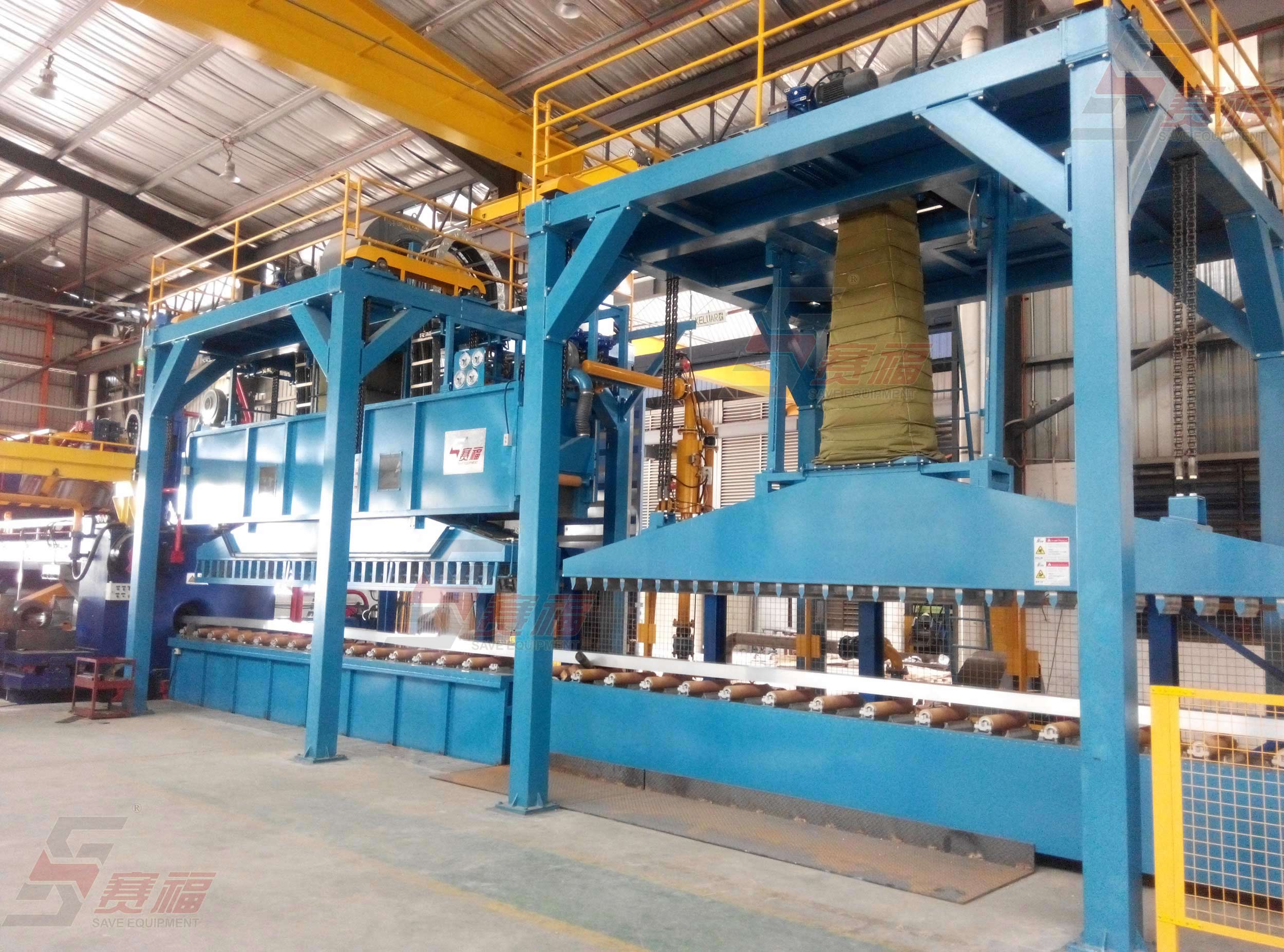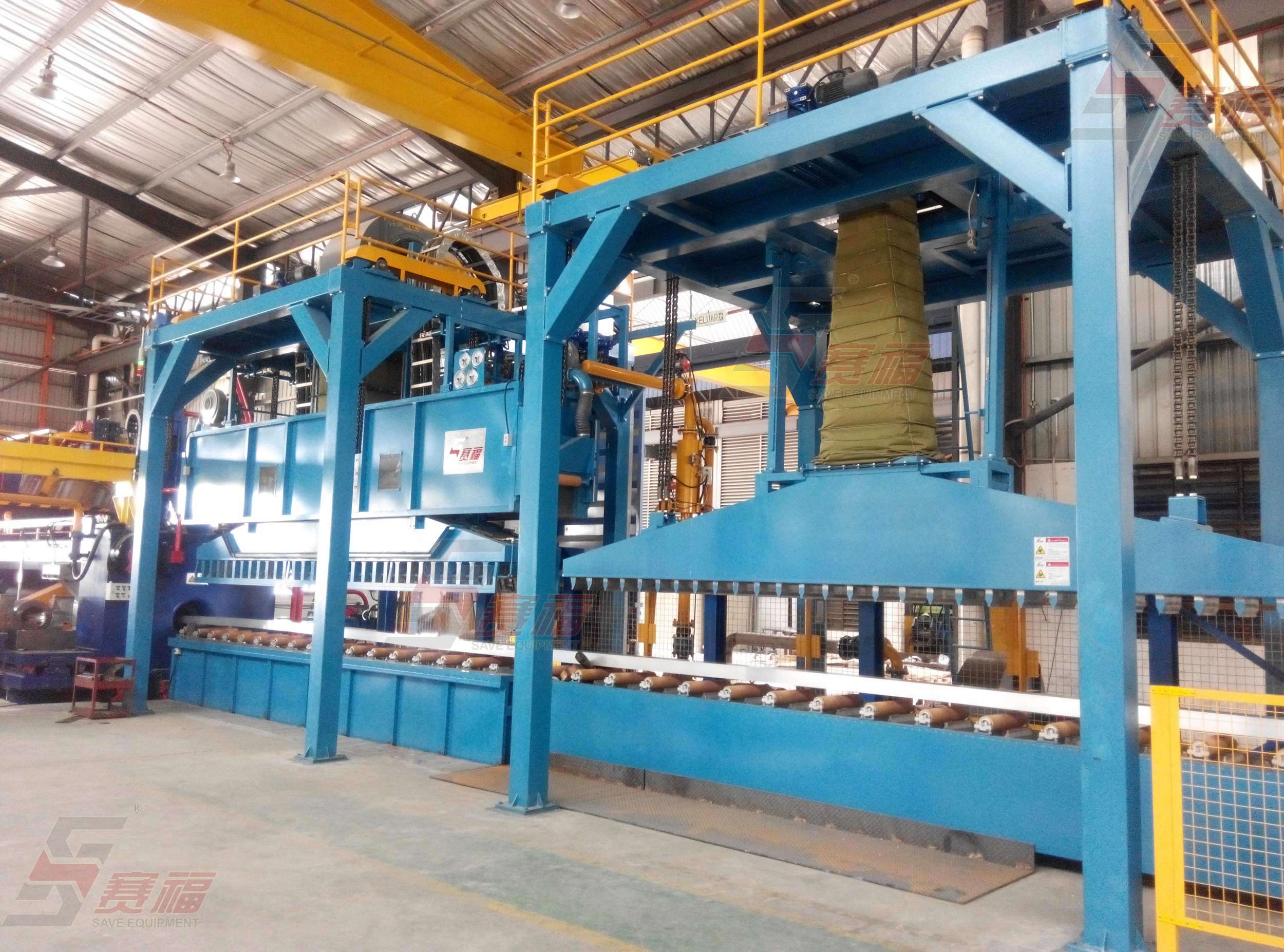- Your location:
- HOME
- > TECHNIQUE

The Key Technology of Aluminium Sheet Production for Tablet Shell
Guangdong Save Aluminium Equipment Co., Ltd. Hongjie Mai
![]() Analysis on market status and prospect
Analysis on market status and prospect
Sales of tablet computers rose dramatically in the first quarter of 2011 to the second quarter, revealed by IDC, a market research firm. Sales amount in the second quarter were 13.6 million sets, with year-on-year growth of 303.8%, and 18.1 million sets in the third quarter, with year-on-year growth of 264.5%. Meanwhile, IDC anticipates the global sales amount to reach 63.3 million in 2012.
If the original aluminium content of each tablet shell is 2kg, the annual aluminium consumption in 2012 is 126,600 tons, which is twice of the usage of railway vehicles, and it yet reaches the outbreak of tablet sales. As an electronic product, like a smart phone, its replacement cycle is short and fast. With rapid increase of the popularity, the demand for tablets will be huge in the near future, therefore, it will be another important market for industrial aluminium.
![]() Main problems
Main problems
As a high-end electronic products, the shell is very decorative, which requires not only high mechanical property, but artistic appearance. Hence, it mustn’t have black spots, miscellaneous points, markings, scratches, and other defects that can be easily found on the shell by naked eyes after processing and surface treatment. Because the sheet is undertaken CNC machining, which is critical for dimensional precision before processing (the flat clearance of 250mm wide sheet cannot be more than 0.05mm), it brings tremendous challenge for the production.
Recently, there are many domestic manufacturers in the production of tablets, but very few really doing well. These problems such as low yield, high rejection rate, and large amount of scraps especially after fabrication, increase the processing cost sharply. The main defects are as following:
(1) Flat clearance is beyond the tolerance.
(2) Dimensional precision is beyond the tolerance.
(3) Shrinkage in tail is too long.
(4) Oxide or residues of other inclusions.
(5) Coarse grains.
(6) Lower strength.
(7) Layers, bubbles, and delamination.
(8) Black spots, snow spots.
Some of these defects were found before CNC machining. The unit damage caused by this scrap is not so serious, but the quantity is large. This kind of scrap is usually due to poor flat clearance, lower dimensional precision and strength, which can be inspected before machining. A significant defects will only be detected after chemical surface treatment, and cause a lot of loss. The reasons are shrinkage in tail, oxide or residues, coarse grains, layers, bubbles, delamination, black spots, and snow spots.
![]() Key technology
Key technology
The cause of above defects are various, e.g. low performance of the processing equipment, unreasonable production technique, and improper operation and control. In order to solve these problems, greatly increase the yield and quality of the product, we should pay attention to the following aspects:
(1)Casting:
1-1 In general, the wall of the product is thick. Therefore, the extrusion ratio is small, and the deformation is less. The requirement for flat clearance is such strict that the quenching strength cannot be too high, which can easily result in coarse grain phenomenon. To solve this problem, the grain size should be taken into consideration for the alloy ratio, melting processing, and casting process. In addition, some fine grain elements should be added, and the control of refining and cooling in casting should be strengthened.
1-2 To avoid the oxide or residues into the cast ingot, and procedure to the extrusion, a good quality ceramic filter board is a must, which can effectively filter out the oxide and residues.
(2)Extrusion:
2-1 In order to make homogenized product organization and consistent performance, the cast ingot should be under homogenization treatment with normal 6063 alloy standard.
2-2 Due to its single variety and large quantity, it is advisable to use short billet rapid heating furnace to produce the gradient temperature. Here are the reasons: First, currently, the distortion of the cut section via hot shear for long billet is big, which will influence the brushing effect and be easy to bring the oxide skin into the extrusion. Second, there are a lot of cracks in the cut, which are difficult to exhaust when pressed and produce bubbles in the extrusion. Third, applying for rapid heating technology helps to preserve the billet in the form of homogenization. Last but not least, gradient heating (the front butt of the billet is about 500℃ and the rear butt is about 460℃) is conductive to reduce the shortage in tail and the consistency of the mechanical properties.
Considering about the cost and temperature control, nature gas heating with induction heating is optimal choice.
2-3 Hot brushing
For fear of the oxide skin of the billet and residues mixing into the extrusion, the billet should be taken “peeling” process before pushed into the container to get rid of the “coat”. The skin thickness is decided by the billet diameter and billet quality, which is usually at 3-5mm.
2-4 Quenching
For 6063 T6 alloy, the wall is thick and the requirement of flat clearance is high. If air cooling is managed, the cooling rate is too low, and the cooling effect is poor with coarse grain and low mechanical property. If flood cooling or spray cooling is managed, the cooling rate is too fast, and the cooling effect is unbalanced with high deformation and large flat clearance. Based on above facts, the combination of various cooling methods should be adopted. After the experiment, the best solution is air-mist combined cooling in the first 4-5m to cool down the product to about 250℃ and spray cooling for 1-2m. The spray nozzles are distributed exquisitely to make sure the evenness of the product. After quenching, the product temperature drops to about 100℃. If one more air cooling section for 4m is provided, it will work better. Through quenching, the demand for intensive cooling and flat clearance can be meet, the mechanical performance can be fully exerted, the deformation can be highly reduced, as well as the water spots and black spots. Though a key technology, it is often neglected.

The extrusion process is more a integrate system. Every single procedure will make a big difference on the product quality, so it requires for much attention on every procedure. These procedure mentioned above is different from that of construction materials and easily ignored. Therefore, I put emphasis on it with the hope to benefit all the manufacturers.



